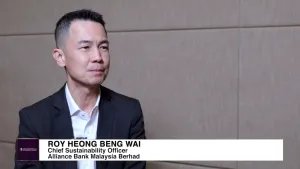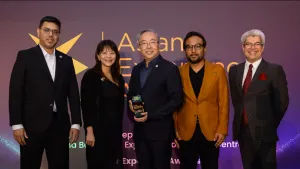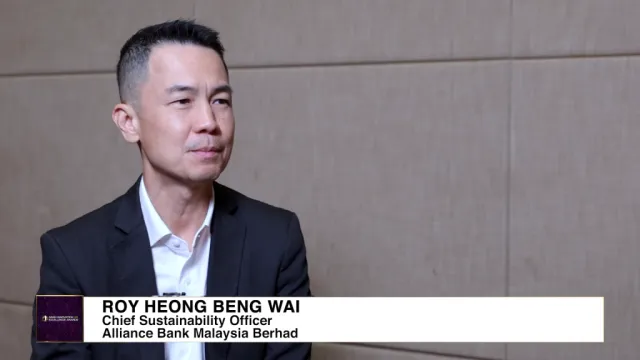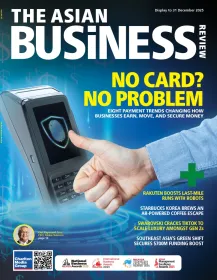
Data-backed strategies needed in workplace setup decisions: expert
A human resources expert advised using data and listening to employees when deciding on workplace schemes.
When some companies in Singapore started to require workers to return to the office, a human resources expert said firms should set working schemes based on data-driven decisions.
At HubSpot, it offers flexible working arrangements in its Singapore branch as a competitive advantage in retaining and attracting talent, but not at the expense of productivity.
“What organisations owe their candidates and employees is clarity on their approach. If they do those things, there’s one right way to build a culture,” Katie Burke, HubSpot chief people officer, told the Singapore Business Review at the sidelines of INBOUND 2023 in the Boston Convention and Exhibition Center.
In HubSpot’s Singapore office, Burke observed that employees maintained their engagement levels while working from home, yet expressed a desire for greater connection with other teams.
An analysis of productivity data from sales representatives and engineers revealed no significant differences in work preferences between the office and home environments.
Burke emphasised that it is still up to the Singaporean companies to decide on their working scheme but noted it is better to look at the business data instead of “making assumptions” for their team, region, or level.
“For people who are doubters of the model, or who think returning to office is the only way to go, looking at your data and those specific tracks can help address some of the biggest concerns or obstacles we hear on all things hybrid,” explained Burke.
Some companies have started requiring their employees to return to the office, even posing a threat to terminate employees who will not comply. The firm behind Zoom, a software that normalised work-from-home settings, has also been asking its employees to return to the office.
In Singapore, the city-state’s small geography allows employees to get to work easily, making some firms require back-to-office mandates. A recent Unispace survey found that 40% of Singaporeans are returning to in-office work, with almost 80% saying they returned due to management requirements.
In another poll by Randstad, the majority of job seekers in Singapore want a flexible working arrangement.
People Operations
Burke said People Operations functions should be handling analysis of data related to hybrid working schemes. They should create strategies to guide employee engagement and effective management of the workforce.
The People Analytics team, meanwhile, may play a pivotal role in ensuring that employees have data and insights to grow better. They will help in identifying trends, data, and insights to help reshape the business.
To know which data is relevant for identifying the work scheme, initiatives should come from employees.
For example, HubSpot uses employee Net Promoter Score (eNPS) surveys, aimed at measuring loyalty and an employee's willingness to recommend working at their company to friends.
"The data points we prioritise for work-related strategies are employee engagement, as well as how connected folks are feeling to each other, their team, and the company," said Burke.
Flexibility in other ways
The at-home work scheme does not work for some industries like restaurants. For Burke, this can still be possible with some element of flexibility such as creating shifts for employees of the restaurant.
Restaurant employees, she said, could alternate shifts so one person could be at home one day a week to take their child to school.
“Every organisation has the opportunity to be flexible on something, just what the something is differed wildly by industry,” she added.
Don’t over-rely on tech
Every workplace uses technology to create efficient collaboration with workmates. In HubSpot, Burke shared that they use Zoom and Slack for workplace coordination.
The problem with technology, Burke pointed out, is that people over-rely on it and sometimes they fail to understand their roles.
Burke said they try to add more human elements when using technology to drive employee connectivity.
An example of this is HubSpot’s Slack mixer which allows people to meet up and match randomly with other people.
Burke said some employees, especially introverts, would find it a nightmare so what they did was they adjusted the programme that be compatible for all employees. They exchanged one fun fact about each other or what they were up to for the day.
Another example is HubSpot’s “Zoom Room” which is a space for employees where they are not allowed to talk about work. They can ask questions on a human level and not about someone’s title.
“We find that it opens up the more human connection versus just talking about work,” said Burke.



















 Advertise
Advertise








